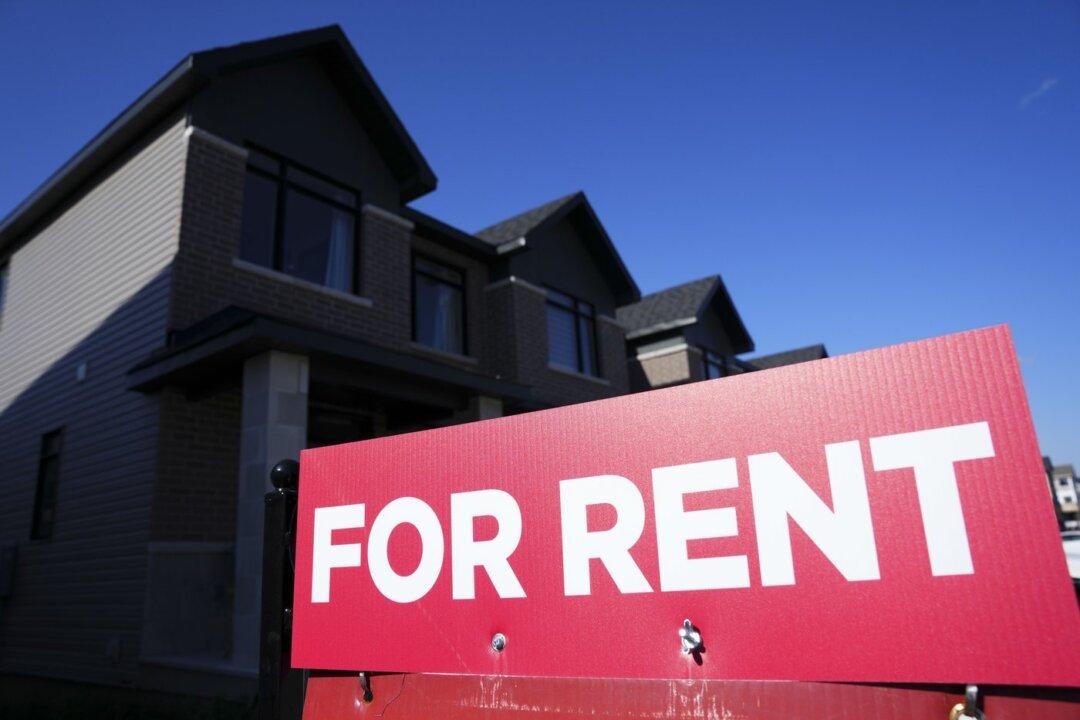Canadian renters signing new leases have paid $1,360 on average over the past two years, according to a recent report by Statistics Canada. The report, which draws data from a 2021 survey, also reveals that one-third of Canadians are renters.
“Rental cost data warrant further attention,” said the report titled “What’s included in Canadians’ rent?“ The report, released on Aug. 23, said renters typically experience less favourable socioeconomic outcomes, a weaker sense of community belonging, and poorer health outcomes compared to homeowners. Additionally, there remains a lack of affordable housing among lower-income earners in Canada.





